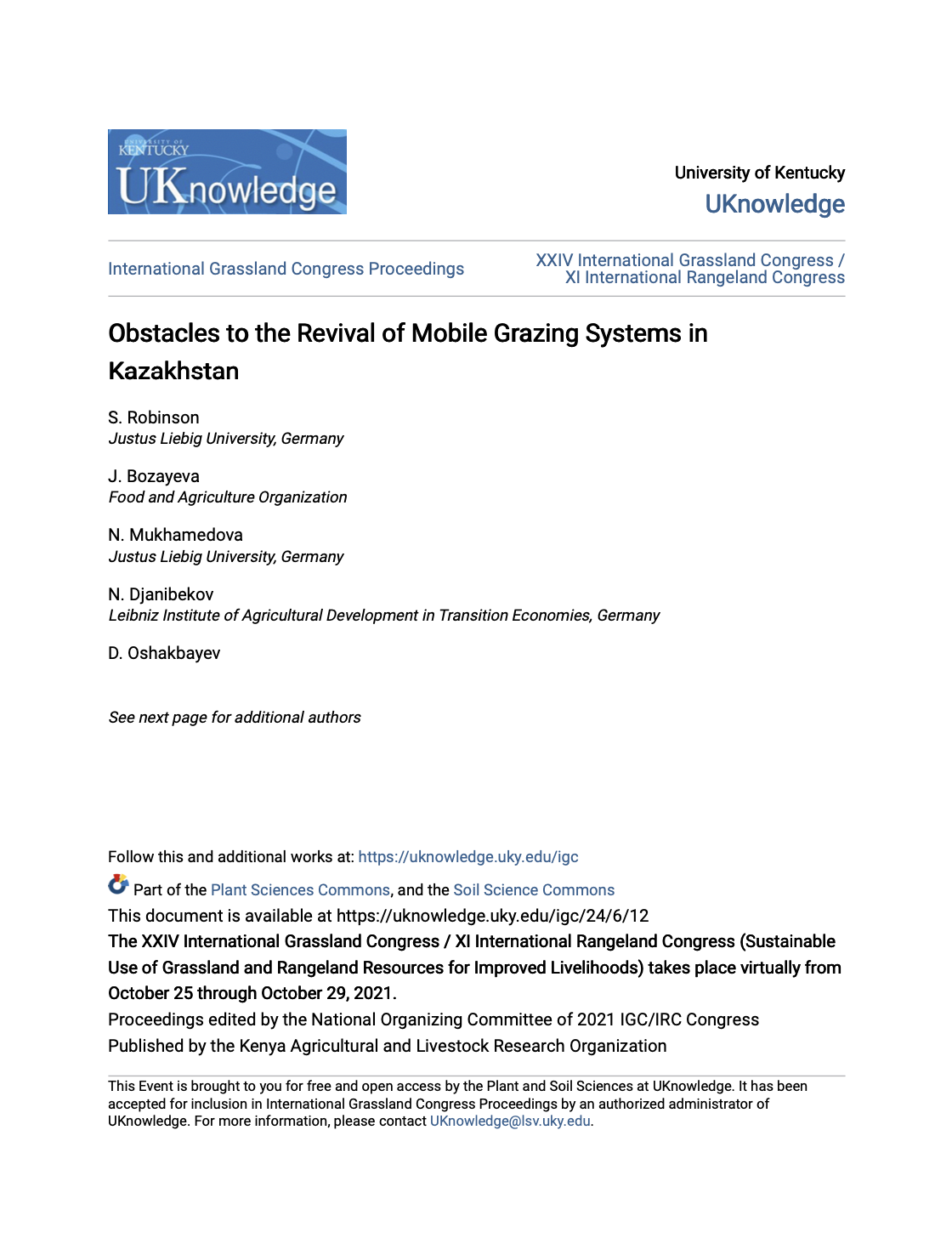FR2.3: What influences women's participation in water governance? Preliminary findings from Bangladesh
The Bangladesh polder zones cover 1.2 million hectares of agricultural land and are home to around eight million people with women playing a critical role in agriculture and food systems. With limited access to and control over productive resources and incomes, women are disproportionately vulnerable to climatic risks. Their ability to make important decisions can have positive outcomes on the governance of natural resources, agricultural productivity, and livelihoods.




